Let’s dig into the amazing world of Vietnamese food, with a spotlight on mushrooms in Vietnam. This article dives into why mushrooms are so important in Vietnam, introducing the main idea – ‘Mushrooms in Vietnam.
Contents
Exploring Vietnamese Mushrooms
Straw Mushrooms
Enveloped in white, gray, or dark gray hues, straw mushrooms are not only visually appealing but also a treasure trove of nutrients. Whether cultivated or found naturally, their diverse sizes make them a versatile and nutrient-rich addition to Vietnamese cuisine. Packed with vitamins A, B1, B2, D, E, PP, C, and amino acids, these mushrooms are cherished for their health benefits and widespread culinary uses.
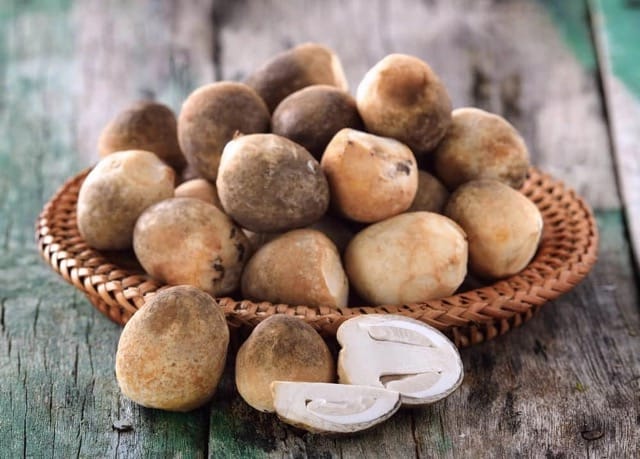
Enokitake
Renowned as kimchi or bean sprout mushrooms, Enokitake adds a delicate and thread-like symphony to Vietnamese dishes. The clusters, reminiscent of delicate threads, bring a delightful crunch and sweet flavor to the culinary canvas, particularly in hot pot dishes. With their light color and nuanced taste, these mushrooms stand out as a culinary marvel, contributing both texture and taste.
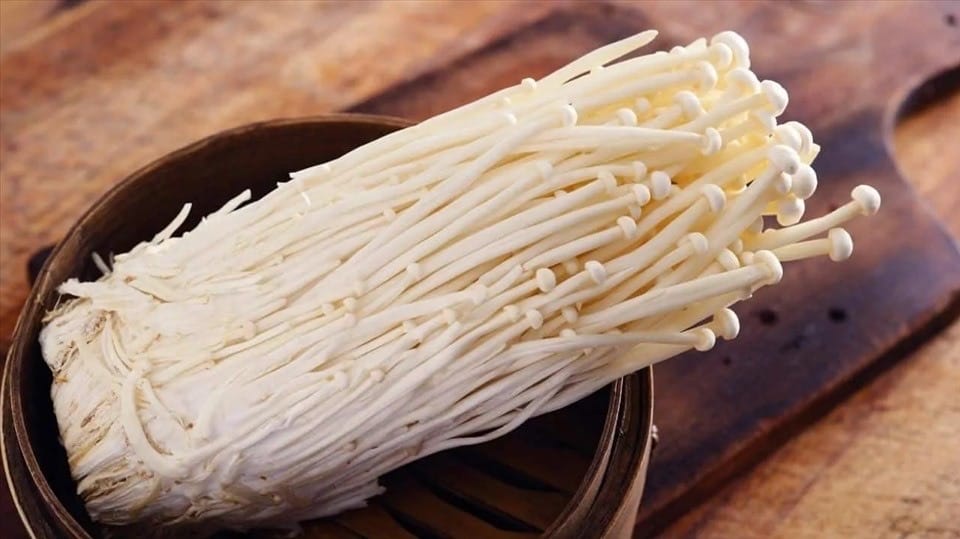
Shiitake Mushrooms
Embracing a dark brown hue and ranging from 4 to 10 cm in diameter, shiitake mushrooms are culinary ambassadors in Vietnamese and Asian cuisines. Growing parasitically on trees with large leaves, they impart a distinct aroma to dishes, elevating the culinary experience. Their versatility and characteristic flavor make them a staple in Vietnamese kitchens, cherished for their unique taste and cultural significance.
You Can Try Most of Those Mushrooms with Buffet in Vietnam.
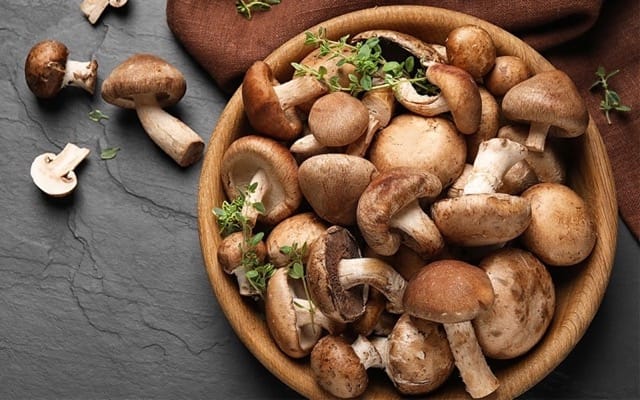
Cat’s Ear Mushroom
Resembling a human ear and thriving on rotten tree trunks, cat’s ear mushrooms bring an earthy texture and unique flavor to Vietnamese dishes. Commonly used in Asian cuisine, these mushrooms contribute to the rich tapestry of flavors in soups, stir-fries, and various culinary creations. Their distinctive appearance and taste make them a sought-after ingredient in Vietnamese kitchens.
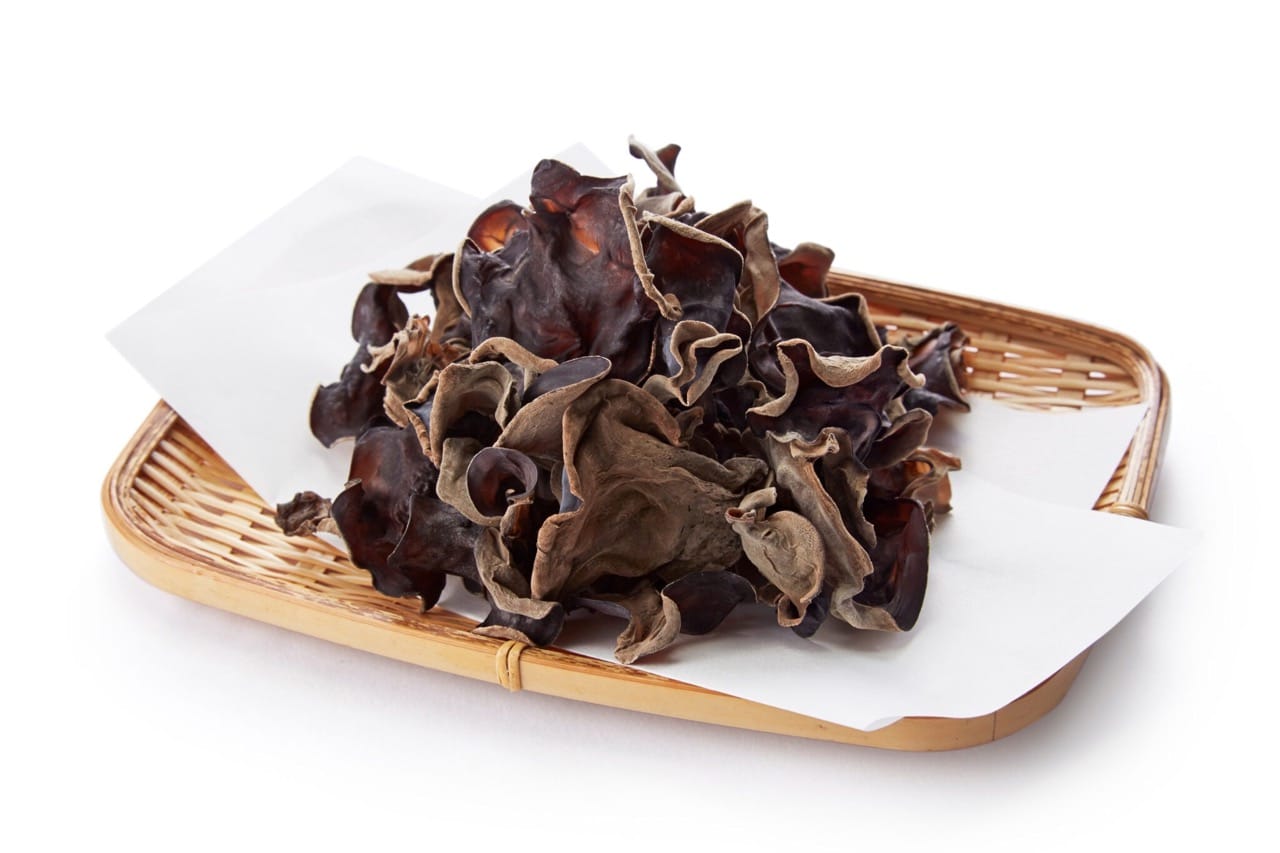
Lion’s Mane Mushroom
Beyond being a visual spectacle with a spherical or oval shape and dense tassels, lion’s mane mushrooms boast culinary versatility and potential medicinal benefits. Appreciated for their dual role in both enhancing dishes and potentially offering health advantages, these mushrooms add depth to Vietnamese cuisine, making them a captivating and health-conscious choice for culinary enthusiasts.

Button Mushrooms
Originating from European and North American grasslands, button mushrooms have become global favorites, seamlessly harmonizing with Vietnamese culinary creations. Their nutritional value and adaptability, allowing for both raw and cooked consumption, make them a preferred choice in various Vietnamese dishes, showcasing their versatility and culinary appeal.
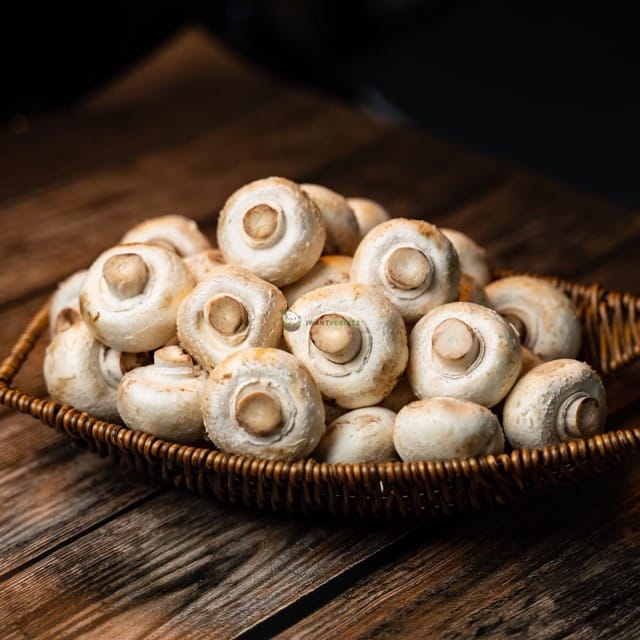
Sun Mushrooms
Hailing from Brazil, sun mushrooms make a mark in Vietnamese cuisine with their pink-brown caps and cylindrical white stems. Beyond their culinary contribution, these mushrooms are recognized for potential nutritional benefits, enhancing both flavor and health aspects in Vietnamese dishes. Their unique origin story and nutritional profile add a layer of richness to the diverse culinary landscape.
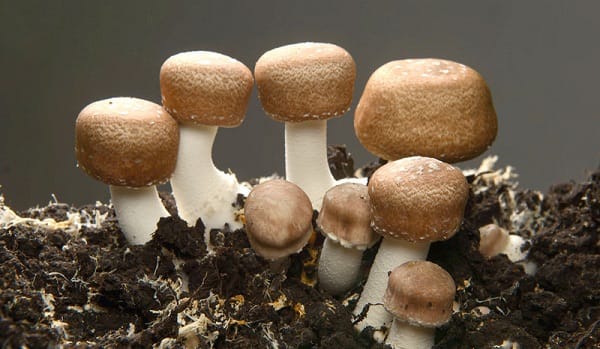
Ganoderma
Steeped in a rich history of traditional medicine, Ganoderma, or lingzhi, unfolds a symphony of culinary and medicinal benefits in Vietnamese cuisine. Revered for its light taste and warm properties, it has been a stalwart in traditional medicine, offering liver protection, detoxification, brain nourishment, diuretic effects, stomach benefits, and even potential anti-cancer and anti-aging properties. In Vietnamese kitchens, Ganoderma adds a layer of depth to both taste and potential health advantages.
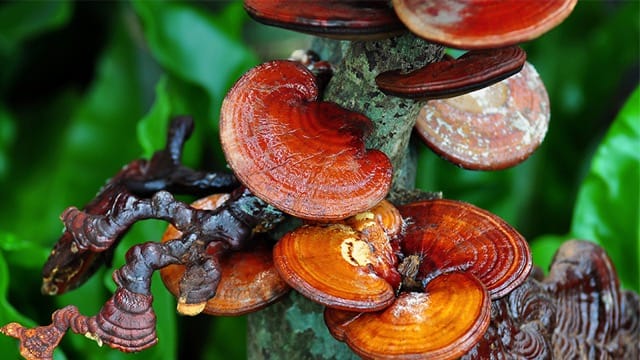
Melaleuca Mushrooms
Flourishing in the waters of Phu Quoc, Melaleuca mushrooms with their purple-brown exterior and smooth white interior contribute a distinct flavor to Vietnamese dishes. Abundant in this maritime locale, these mushrooms find their way into local culinary delights, especially in combination with fresh seafood. The unique taste of Melaleuca mushrooms becomes a testament to the rich and diverse flavors found in Vietnamese coastal cuisine.
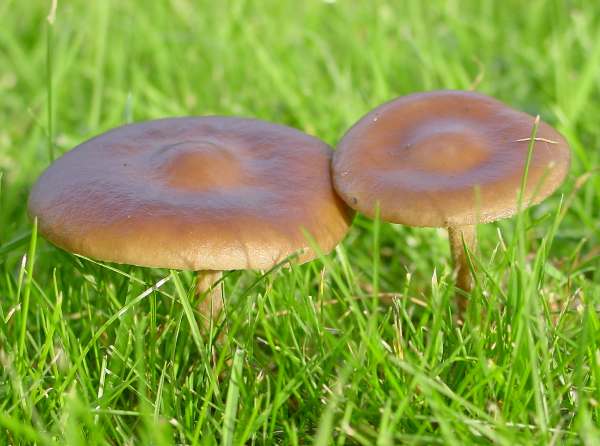
Abalone Mushrooms
Originating in Germany, abalone mushrooms have transcended borders, becoming a global culinary favorite and finding a cherished spot in Vietnamese kitchens. Their growth pattern, with alternating layers on weakened tree trunks, adds to their distinct appearance. With a mild yet distinct flavor, abalone mushrooms contribute not only nutritional value but also a versatile and loved ingredient in various Vietnamese dishes.
White Wood-Ear Mushroom
Known as snow mushrooms, white wood-ear mushrooms stand out with their pure white color and delicate snowflake shape. Sold dried, these mushrooms add a visual and textural element to various Vietnamese dishes, creating a captivating and unique culinary experience. Whether in savory or sweet creations, their versatility and distinctive appearance make them a sought-after ingredient in Vietnamese kitchens.
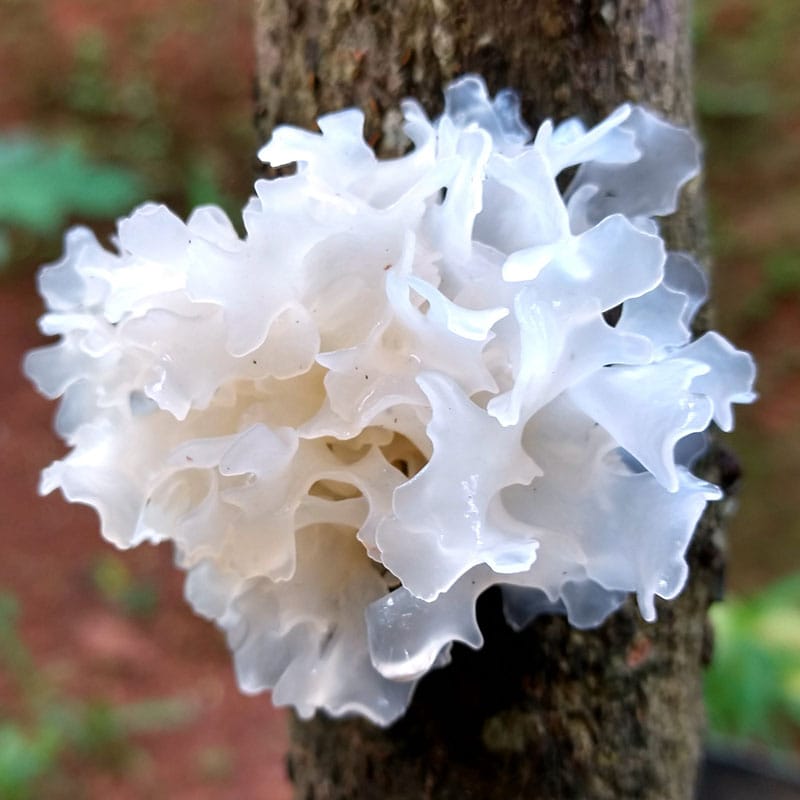
Exploring Traditional Mushroom Dishes in Vietnam
Vietnamese food is a flavor explosion, and mushrooms add a special touch to dishes that connect with both tradition and modern tastes. Let’s dive into the world where tradition meets mushrooms in Vietnam, discovering some favorite mushroom dishes that make Vietnamese cooking so unique.
Exploring the Sweetness of Vietnam with Vietnamese Sweet Corn Pudding (Che Bap)
- Mushroom Porridge: Think of it as a warm hug in a bowl. Mushroom porridge, or “chao nam,” is like a Vietnamese comfort food. It’s made with different mushrooms, giving it a hearty and cozy flavor. Add some herbs and a squeeze of lime, and you’ve got a bowl of goodness that feels like home.
- Sautéed Mushrooms: Sometimes, simple is best. Sautéed mushrooms are a straightforward yet tasty treat. Cooked up with garlic, shallots, and a bit of soy sauce, these mushrooms let their earthy goodness shine. Whether on the side or on top of other dishes, sautéed mushrooms bring joy to Vietnamese meals.
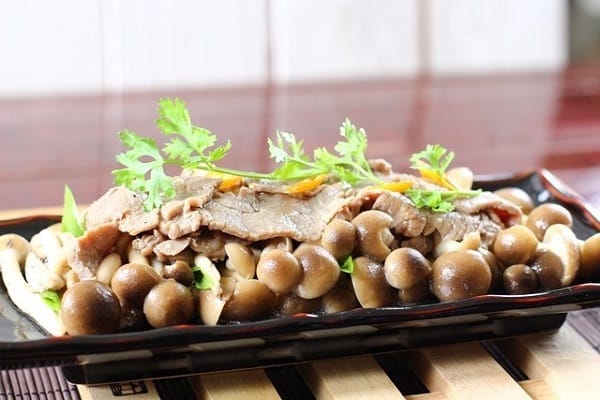
- Deep-fried Mushrooms: For a crunchy adventure, there’s deep-fried mushrooms. These little delights are coated in a light batter and fried until they’re golden brown. Crispy on the outside, juicy on the inside – it’s a snack or appetizer loved all over Vietnam.
- Vegetarian Mushroom Delights: Vietnamese vegetarian food is a playground of fresh ingredients, and mushrooms take the spotlight in many dishes. From mushroom spring rolls to mushroom-stuffed bao buns, these meatless wonders are not just good for you; they’re a feast for your taste buds.
Foraging and Culinary Adventures
Vietnam, with its lush landscapes and rich biodiversity, offers a haven for mushroom enthusiasts eager to explore the world of wild fungi. This guide will take you on a journey, from foraging in the wild to crafting a delectable Mushroom Porridge, showcasing the diverse and flavorful mushrooms found in this vibrant country.
Foraging for Mushrooms in Vietnam
For those drawn to the thrill of foraging, Vietnam provides a canvas of possibilities. Whether you’re exploring local markets, supermarkets, or mushroom farms, the adventure begins with a keen eye and an understanding of the varieties available. Local markets, with their array of colors and shapes, often harbor treasures like round straw mushrooms, shiitake mushrooms, and abalone mushrooms. Supermarkets and specialized mushroom farms offer a curated selection, providing a convenient starting point for your culinary exploration.
Cooking Mushroom Porridge
Embark on a culinary adventure with the timeless Vietnamese Mushroom Porridge, known as “chao nam.”
Ingredients:
- 200 grams of plain rice
- 100 grams of sticky rice
- 100 grams of straw mushrooms
- 100 grams of abalone mushrooms
- 20 grams of shiitake mushrooms
- 200 grams of green beans
- 1 carrot
- 3 cloves of garlic
- 3 green onion branches
- Spices: cooking oil, salt, rock sugar, pepper, seasoning seeds
Implementation Steps:
- Process Materials:
- Rinse sticky rice, regular rice, and green beans in a basket. Soak in cold water for about 15 minutes.
- Wash and cut mushrooms, soak in diluted salt water for 15 minutes, then cut into bite-sized pieces.
- Peel and cube the carrots.
- Peel and puree garlic in a blender with chili.
- Wash, remove roots, and finely chop green onions.
- Stir-fry Vegetables:
- Heat a pan, add cooking oil, and sauté crushed garlic until fragrant.
- Stir-fry carrots, then add the mushroom mixture. Season with salt, sugar, and seasoning. Stir well and turn off the stove.
- Porridge:
- Boil 700ml of water in a pot. Add rice and bean mixture, cook until tender.
- Skim off foam, add water as needed, and, when almost cooked, add sautéed mushrooms and spices. Cook for an additional 5 minutes, then turn off the stove.
- Complete the Dish: Transfer porridge to a bowl, garnish with finely chopped onions and ground pepper. Enjoy this delightful dish while it’s piping hot.
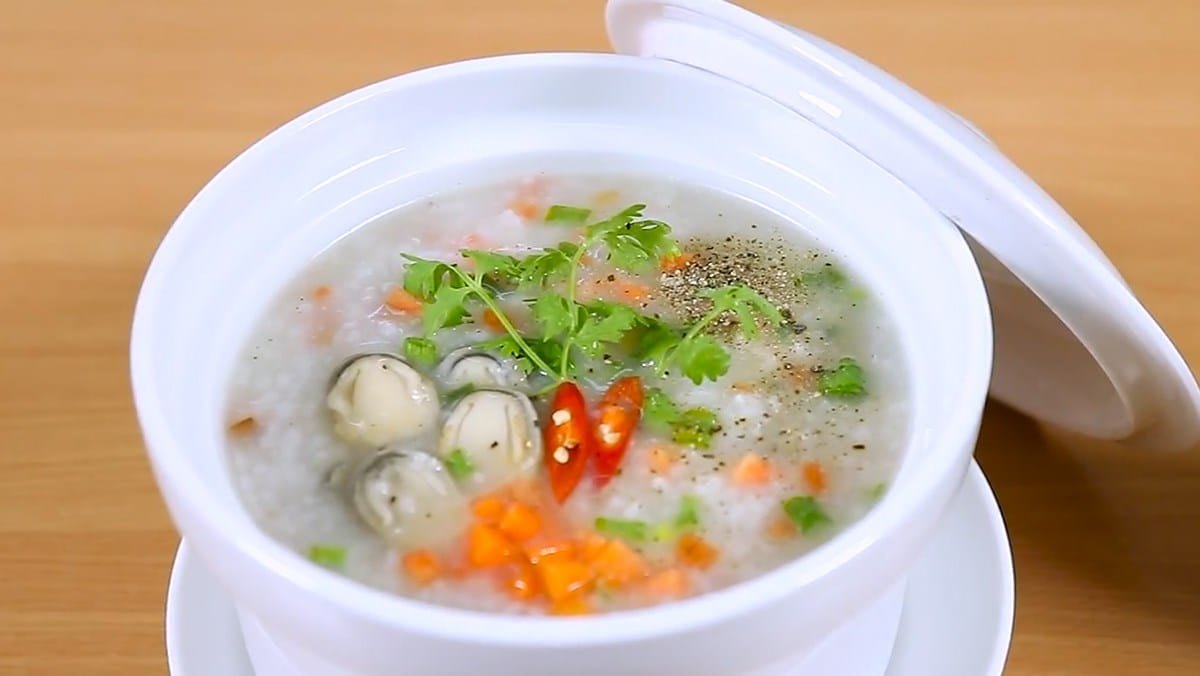
Cooking Tips and Ingredient Selection
- Soak rice and boil water before adding rice for smoother, more delicious porridge.
- Choose round straw mushrooms with buds and opt for black ones for richer flavor.
- Select shiitake mushrooms with medium-sized wings and a slightly yellow-brown color.
- For abalone mushrooms, choose large ones with a tough, hard stem for enhanced taste.
Embark on your mushroom-filled journey in Vietnam, foraging for treasures and crafting dishes that celebrate the rich culinary tapestry of this enchanting country.
The Health and Wellness Benefits of Mushrooms in Vietnam
Vietnam, a country steeped in culinary tradition, has long recognized the not only flavorful but also health-boosting properties of mushrooms. As we explore the health benefits of these fungi, we unveil a treasure trove of nutritional goodness deeply embedded in Vietnamese culture.
Health Benefits of Mushrooms in Vietnam
- Immune System Support: Certain mushrooms in Vietnam, such as shiitake and lion’s mane, are renowned for their immune-boosting properties. Packed with beta-glucans and antioxidants, these mushrooms contribute to fortifying the body’s defense mechanisms, promoting resilience against infections.
- Rich in Nutrients: Mushrooms, including varieties like straw mushrooms and enokitake, are not just flavorful additions to Vietnamese dishes but also nutrient powerhouses. They provide essential vitamins, including vitamin D, B-vitamins, and minerals such as selenium, copper, and potassium, supporting overall health and vitality.
- Cardiovascular Health: The consumption of mushrooms like shiitake has been associated with cardiovascular health benefits. Compounds present in these mushrooms have been linked to lower cholesterol levels and improved heart health, offering a natural way to care for your cardiovascular system.
- Weight Management: For those mindful of their weight, incorporating mushrooms into the diet can be a strategic move. With low calories and high fiber content, mushrooms add bulk to meals, promoting satiety and potentially aiding in weight management.
Traditional Medicine and Modern Wellness Practices Involving Mushrooms
- Traditional Medicinal Use: In Vietnamese traditional medicine, mushrooms have played a crucial role for centuries. Varieties like lingzhi (Ganoderma) are esteemed for their medicinal properties. Lingzhi, in particular, is believed to support liver health, detoxify the body, and exhibit anti-aging effects, making it a staple in traditional herbal remedies.
- Culinary and Medicinal Fusion: Vietnamese cuisine seamlessly blends culinary delight with medicinal benefits. Dishes like mushroom porridge and herbal soups featuring various mushrooms not only satisfy the palate but also contribute to overall well-being. This fusion of culinary and medicinal practices reflects the holistic approach embedded in Vietnamese food culture.
- Modern Wellness Trends: In the contemporary wellness landscape, mushrooms have emerged as superfoods, gaining popularity in supplements and health tonics. Extracts from mushrooms like reishi and cordyceps are incorporated into wellness products, with claims of promoting vitality, reducing stress, and enhancing mental clarity.
Don’t Miss Out These Top 9 Vietnamese Drinks.
Conclusion
In closing, Vietnam’s mushroom landscape is a culinary and cultural delight. From diverse varieties to traditional practices, each mushroom tells a story. Embrace this journey, savor the flavors, and immerse yourself in the richness of Vietnam’s mushroom-infused heritage. Your exploration awaits!


Related Posts
Saigon’s “Flower Market Replica”: Where To Find Them
Ho Chi Minh City’s floral charm is not limited to its bustling wholesale markets. Imagine wandering through a place where vibrant petals, fragrant blooms, and the spirit of traditional Vietnamese markets come alive—without the overwhelming crowds. A flower market replica captures that magic, blending the beauty of fresh flowers with the charm of a curated, […]
Is it Safe to Travel to Vietnam Right Now? A Complete 2025 Guide
Vietnam has emerged as one of Southeast Asia’s most captivating destinations, drawing millions of visitors annually with its rich culture, stunning landscapes, and incredible cuisine. However, many travelers still ask: Is it safe to travel to Vietnam right now? This comprehensive guide provides you with everything you need to know about Vietnam travel safety in […]
Ho Chi Minh Cu Chi Tunnels Tour: The Ultimate Guide
The Cu Chi Tunnels stand as one of Vietnam’s most remarkable historical sites, offering visitors a profound glimpse into the ingenuity and resilience displayed during the Vietnam War. For travelers, a Ho Chi Minh Cu Chi tunnels tour represents an essential experience that combines education, adventure, and deep cultural understanding. This comprehensive guide will help […]